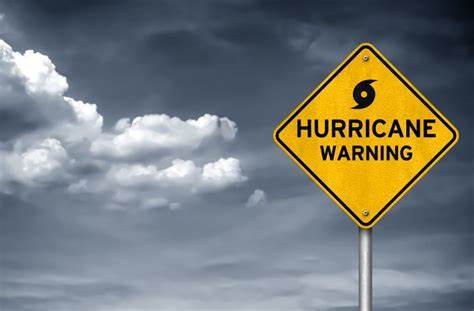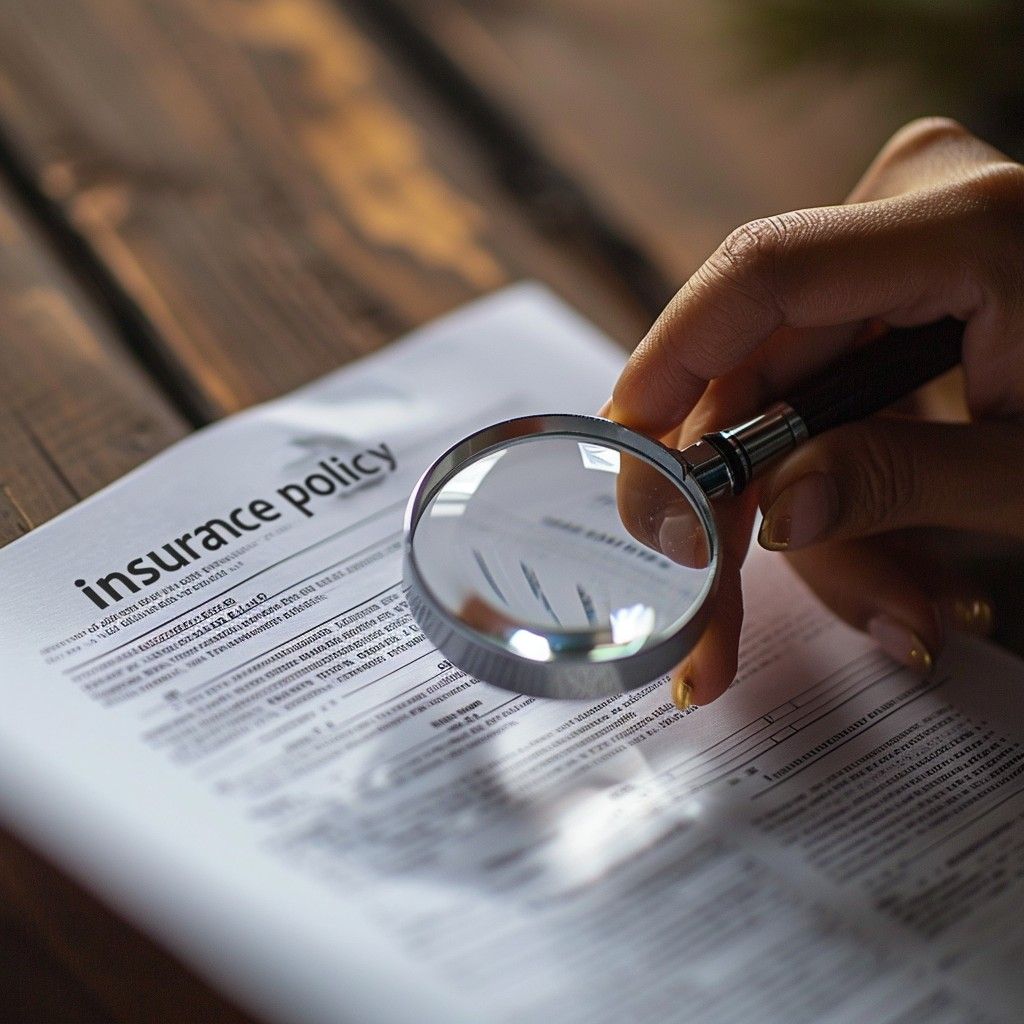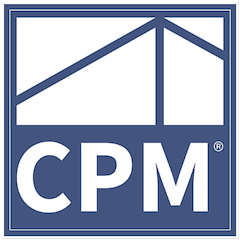Hurricanes and Tropical Storms

Breaking It Down: Understanding the Difference Between Hurricanes and Tropical Storms
Introduction
Hurricanes and tropical storms are both powerful weather phenomena that can wreak havoc when they make landfall. However, they are distinct in their intensity, characteristics, and potential impacts. In this blog, we will delve into the key differences between hurricanes and tropical storms, helping you understand their nature, the conditions that lead to their formation, and the potential consequences they may bring.
- Definitions and Terminology
Let's start with some basic definitions:
- Tropical Cyclone: This is the overarching term used to describe a rotating, organized system of clouds and thunderstorms that originates over warm tropical or subtropical waters. Tropical cyclones can encompass a wide range of intensities, including depressions, storms, and hurricanes.
- Tropical Depression: This is the least intense form of a tropical cyclone. It has sustained wind speeds of up to 38 mph (33 knots).
- Tropical Storm: A tropical storm is the next level of intensity, with sustained wind speeds between 39 and 73 mph (34-63 knots). It is more organized than a depression and often has a well-defined center.
- Hurricane: Hurricanes are the most intense type of tropical cyclone. They have sustained wind speeds of 74 mph (64 knots) or higher. Hurricanes are further categorized into five classes (Category 1 to Category 5) based on their maximum sustained wind speeds, with Category 5 being the most destructive.
- Formation and Development
Both hurricanes and tropical storms originate from similar meteorological conditions, primarily warm ocean water. Here's how they form and develop:
- Tropical Storm Formation: When warm ocean waters heat the air above, it rises and creates an area of low pressure at the surface. As the air continues to rise, it cools, condenses, and forms clouds and thunderstorms. If these systems become organized and develop a closed circulation, they can be classified as tropical depressions and later intensify into tropical storms.
- Hurricane Formation: The process of hurricane formation is similar to that of tropical storms. However, hurricanes require warmer ocean waters and specific atmospheric conditions to intensify beyond the tropical storm stage. When a tropical storm's central pressure continues to drop, and wind speeds increase, it can become a hurricane. The energy from warm ocean waters fuels the storm, causing it to strengthen.
- Intensity and Wind Speeds
The most significant difference between hurricanes and tropical storms lies in their intensity and associated wind speeds:
- Tropical Storm: Tropical storms are characterized by sustained wind speeds ranging from 39 to 73 mph (34-63 knots). While they can cause damage, it is typically less severe than what is seen with hurricanes.
- Hurricane: Hurricanes are far more powerful and dangerous. They have sustained wind speeds of at least 74 mph (64 knots). The most severe hurricanes, Category 4 and Category 5, can have sustained wind speeds exceeding 130 mph (113 knots) and 157 mph (137 knots), respectively. These storms can cause catastrophic damage, including the destruction of buildings, trees, and infrastructure.
- Impact and Consequences
The consequences of hurricanes and tropical storms can vary significantly:
- Tropical Storms: While tropical storms can bring heavy rainfall, strong winds, and the potential for localized flooding, their overall impact tends to be less destructive than hurricanes. Flooded streets, power outages, and some property damage are typical consequences of tropical storms.
- Hurricanes: Hurricanes have the potential to unleash widespread devastation. Their powerful winds can topple structures, uproot trees, and cause severe flooding due to both heavy rainfall and storm surges. Storm surges, in particular, can lead to the inundation of coastal areas, posing a significant threat to life and property. Hurricanes also often spawn tornadoes, adding another layer of danger.
- Preparing for Hurricanes and Tropical Storms
Given the stark differences in intensity and potential consequences, it's essential to prepare accordingly:
- Tropical Storms: When a tropical storm is approaching your area, make sure to secure loose objects, stock up on essential supplies (including food, water, flashlights, and batteries), and stay informed about the storm's progress through reliable sources.
- Hurricanes: Preparing for a hurricane demands more extensive and thorough measures. In addition to the steps mentioned for tropical storms, you should have a hurricane evacuation plan in place if you live in a coastal or flood-prone area. Consider installing hurricane shutters or plywood for windows and reinforce your home's structural integrity. If you receive an evacuation order, follow it promptly to ensure your safety.
Conclusion
In summary, hurricanes and tropical storms are distinct stages of tropical cyclones, differing in intensity, wind speeds, and potential consequences. While tropical storms can bring disruptions and localized damage, hurricanes have the potential to cause catastrophic destruction. Understanding these differences and staying informed about weather conditions is crucial for making informed decisions and staying safe when these powerful storms approach. Preparedness is key to weathering the storm, whether it's a tropical storm or a full-fledged hurricane.
Share this post













